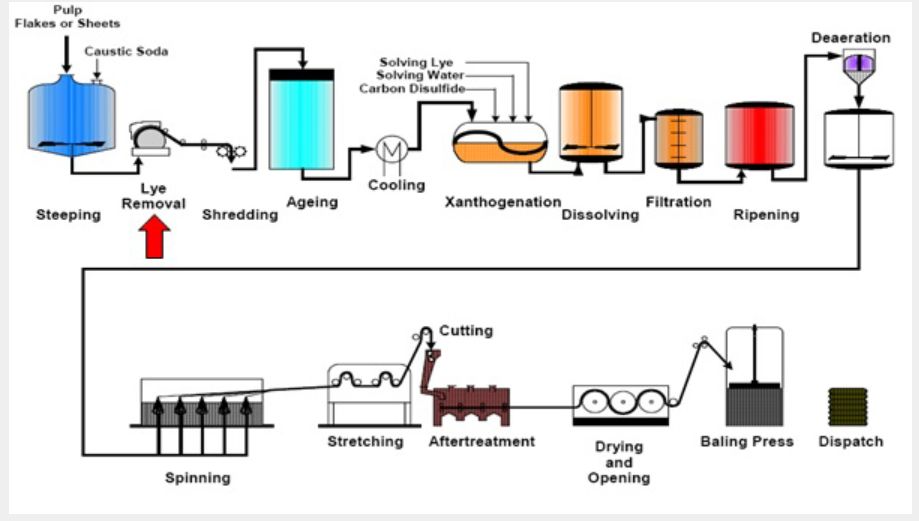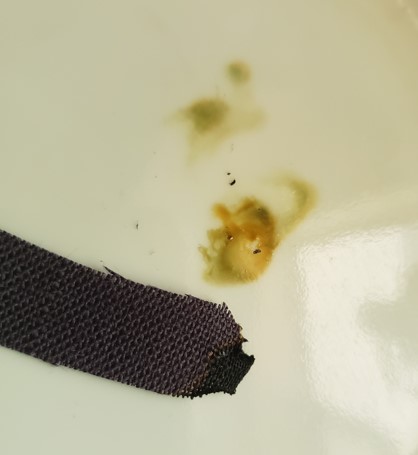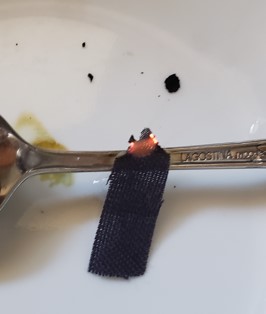
 30
30





Visit Redhawk's soil series: https://permies.com/wiki/redhawk-soil
How permies.com works: https://permies.com/wiki/34193/permies-works-links-threads
 16
16




Check out the plans to build your own charka-style spinning wheel from bicycle parts
Explore the intersection of permaculture, community, and the cycle of life at Herland Forest Natural Burial Cemetery and the Windward Education and Research Center

 10
10






- Tim's Homestead Journal - Purchase a copy of Building a Better World in Your Backyard - Purchase 6 Decks of Permaculture Cards -
- Purchase 12x Decks of Permaculture Cards - Purchase a copy of the SKIP Book - Purchase 12x copies of Building a Better World in your Backyard
 18
18




This is one reason the thread above talks about the ability to compost or burn the material without concern that they will harm the environment.Timothy Norton wrote:... I personally view these as pseudo-natural whereas something such as wool or flax can be processed at home, at scale, and to me are a truly natural product.
Visit Redhawk's soil series: https://permies.com/wiki/redhawk-soil
How permies.com works: https://permies.com/wiki/34193/permies-works-links-threads







 10
10




 9
9




I'm finding it's harder and harder to find 100% cotton clothing.
"The genius of American farm experts is very well demonstrated here: they can take a solution and divide it neatly into two problems." -Wendell Berry
 15
15




Josh Hoffman wrote:
I'm finding it's harder and harder to find 100% cotton clothing.
I was on a new sock hunt to find 100% cotton or natural. I settled on 92% because it was the closest I could find locally. My feet were itchy and had a rash until I went back to my thread bare socks I previously had. I am not sure exactly what is in the old one but they do not cause a rash.
Visit Redhawk's soil series: https://permies.com/wiki/redhawk-soil
How permies.com works: https://permies.com/wiki/34193/permies-works-links-threads
 3
3
















 5
5




Mary Cook wrote: Then I tried growing loofas, gave some away for bathing--and used some myself for washing dishes, because I'm looking for ways to eliminate plastic. It seemed to work at first but I've found that the loofas just don't have the abrasiveness of the green scrubbies. Does anyone know of something that does?

 12
12




Best luck: satisfaction
Greatest curse, greed
 12
12





"Also, just as you want men to do to you, do the same way to them" (Luke 6:31)






 12
12




"Also, just as you want men to do to you, do the same way to them" (Luke 6:31)
 10
10











 7
7




Jay Angler wrote:[One factor is, yes, I'm very picky about my detergent, and a second is that I'm more aware of foods that seem to interact with my ability to tolerate environmental allergies.
So as much as it might seem bizarre at first glance, consider looking at your diet to see if there are links. In my case, I narrowed a key food down to strawberries and artificial fibers. A non-food example, is certain tree pollens will interact. In both cases, limiting my exposure to "one or the other" helps a lot. I'm *very* cautious to only eat 2-4 strawberries every other day during their season. Since my symptom is hives, I'm willing to risk a few, because, "strawberries, fresh from the garden!"
In the south when the wind gets to 75 mph they give it a name and call it a hurricane. Here we call it a mite windy...
 2
2




Visit Redhawk's soil series: https://permies.com/wiki/redhawk-soil
How permies.com works: https://permies.com/wiki/34193/permies-works-links-threads
 2
2






Visit Redhawk's soil series: https://permies.com/wiki/redhawk-soil
How permies.com works: https://permies.com/wiki/34193/permies-works-links-threads
 2
2












|
Bring out your dead! Or a tiny ad:
The new permaculture playing cards kickstarter is now live!
https://www.kickstarter.com/projects/paulwheaton/garden-cards
|






